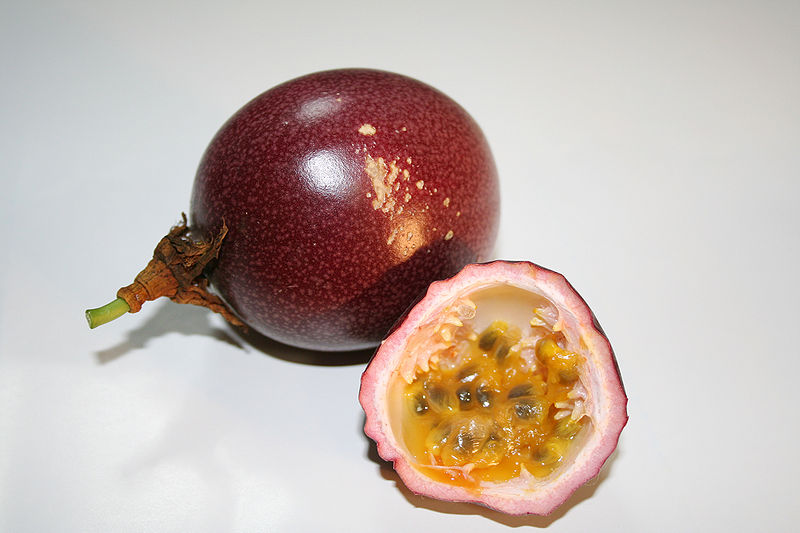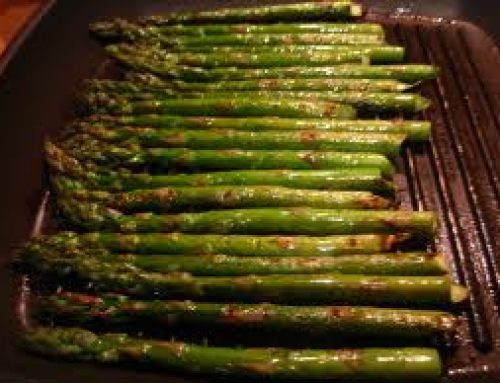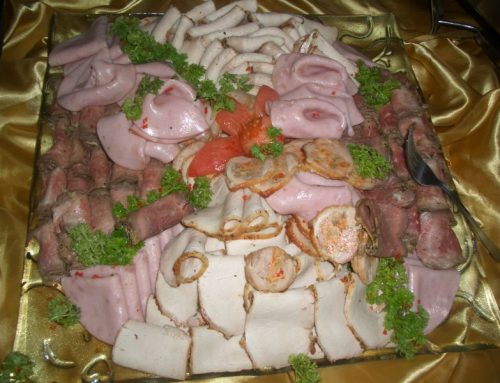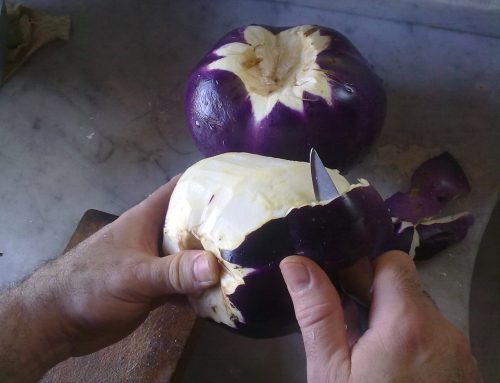Also known as purple granadilla, Passion fruit are native to Brazil, Paraguay, Uruguay and northern Argentina (Corrientes and Misiones provinces, among others).
It is oval in shape and yellow or dark purple when mature. They have many seeds inside and are very juicy.
So can guinea pigs eat passion fruit, and if they can how much of it can they eat?
Let’s take a look and find out more here by looking at their nutritional data.
As per usual, we’re taking a look in particular at their acidic, calcium, phosphorus, sugar and fat as that is most pertinent to guinea pigs.
A purple passion fruit
Nutritional value per 100 g (3.5 oz)
Energyt406 kJ (97 kcal)
Carbohydratest23.38 g
– Sugarst11.2 g
– Dietary fibert10.4 g
Fatt0.7 g
Proteint2.2 g
Vitamin A equiv.t64 μg (8%)
– beta-carotenet743 μg (7%)
Riboflavin (vit. B2)t0.13 mg (11%)
Niacin (vit. B3)t1.5 mg (10%)
Vitamin B6t0.1 mg (8%)
Folate (vit. B9)t14 μg (4%)
Cholinet7.6 mg (2%)
Vitamin Ct30 mg (36%)
Vitamin Kt0.7 μg (1%)
Calciumt12 mg (1%)
Iront1.6 mg (12%)
Magnesiumt29 mg (8%)
Phosphorust68 mg (10%)
Potassiumt348 mg (7%)
Sodiumt28 mg (2%)
As you can see they are quite high in phosphorus, have a hint of calcium and fat, they are also very acidic and very sweet.
However they are high in vitamin c.
Passion fruit are not great for guinea pigs, but two to three times a month in small segments would be okay for them but nothing more. But one the whole if you had a choice, I would recommend steering clear of passion fruit for piggies.





